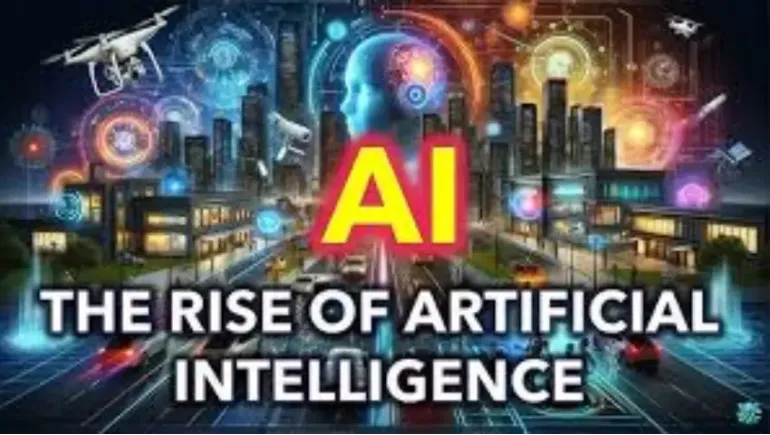
Artificial Intelligence (AI) tools are at the forefront of technological transformation in 2024. These innovations have transcended traditional boundaries, automating tasks, enhancing decision-making, and inspiring creativity. Whether it's simplifying communication, creating stunning visuals, or reshaping industries, AI tools have become indispensable.
AI tools are trending due to their efficiency, cost-effectiveness, and versatility. Businesses are adopting them to streamline operations, individuals are using them for productivity, and creators are leveraging them for innovation. From automating mundane tasks to crafting unique art, AI is changing how we live and work.
ChatGPT by OpenAI is a revolutionary tool that generates human-like responses. It is widely used for customer support, writing assistance, and even programming. Companies benefit from its ability to automate conversations, ensuring prompt and accurate responses to customer queries. For example, businesses like e-commerce platforms utilize ChatGPT to manage inquiries, saving time and reducing operational costs.
DALL-E, another creation by OpenAI, generates art from text descriptions. This AI tool is empowering artists and marketers by providing instant visual prototypes. Imagine describing your idea and getting an art piece within minutes—DALL-E makes this a reality. Marketers, for instance, use DALL-E to create visuals for advertising campaigns, significantly speeding up the design process.
MidJourney specializes in crafting intricate and surreal designs. It has gained immense popularity among digital artists for its unique and imaginative creations. This tool is a favorite for marketers who need visually compelling content for branding and promotions.MidJourney has become a go-to platform for companies aiming to produce out-of-the-box graphics for social media and advertisements.
The healthcare industry is undergoing a significant transformation with AI tools. Platforms like IBM Watson assist in diagnosing diseases and creating personalized treatment plans. Robotic surgeries powered by AI enhance precision, reducing risks and improving recovery rates. For example, AI algorithms can predict patient outcomes based on historical data, enabling proactive healthcare management.
AI tools like Grammarly and ChatGPT are improving educational experiences. Teachers use these tools to create lesson plans, while students rely on them for research and writing assistance. AI-powered platforms are also making education more accessible by translating and personalizing content.
AI platforms such as Jasper and Copy.ai are redefining content creation by producing SEO-optimized blogs, ads, and social media posts. These tools are invaluable for businesses looking to scale their marketing efforts efficiently. For example, companies can generate a week’s worth of social media content in hours using Jasper, ensuring consistent brand messaging.
Despite their advantages, AI tools pose challenges. Data privacy concerns are significant, as many tools rely on vast amounts of user data. There are also fears of job displacement due to automation and the potential for biases in AI algorithms.
Addressing these concerns requires a balanced approach, focusing on ethical AI development and usage.AI tools are poised to evolve further, integrating deeper into industries like finance, retail, and logistics. By 2030, automation could dominate routine tasks, allowing humans to focus on strategic and creative roles. Companies that adapt to this shift early will lead the market.
The rise of AI tools is more than a trend—it’s a transformation. From ChatGPT and DALL-E to healthcare innovations and educational advancements, AI is becoming a cornerstone of modern life. Embracing these tools will pave the way for a future defined by efficiency, creativity, and innovation.
-112x63.27.webp)




-132x74.57.webp)






Comments
There are no comments for this Article.